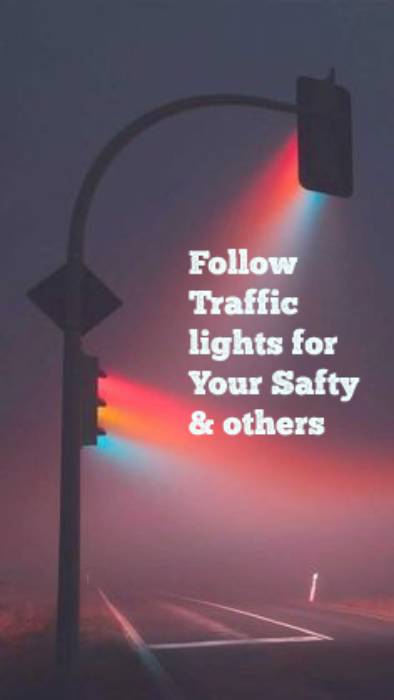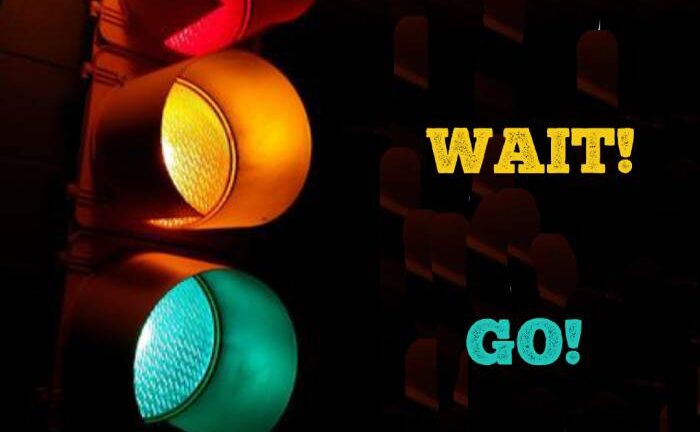When you’re driving or walking through an intersection, it’s easy to take traffic lights for granted. But these simple, colorful signals play a crucial role in ensuring our roads are safe and traffic flows smoothly. Behind every red, yellow, and green light, there’s thoughtful design and engineering that makes transportation safer and more efficient for everyone.
The Importance of Traffic Light Height
One of the most important factors in making sure it works effectively is their height. Traffic lights need to be visible to both drivers and pedestrians. This is why they are typically mounted at heights ranging from 7 to 12 feet (2.1 to 3.7 meters) above the ground. This height allows average-height drivers to easily see the signals, while also ensuring visibility for pedestrians, including children and those using mobility aids.
However, the height of a traffic light isn’t always fixed. Several factors influence how tall a traffic light needs to be:
- Intersection Width: Wider intersections may require taller traffic lights to improve visibility for both drivers and pedestrians.
- Pedestrian Considerations: Traffic lights must be placed at a height where all pedestrians, including those of varying heights, can see them clearly.
- Distance from the Road: At high speeds, drivers need clearer visibility of traffic lights, so these lights may be placed slightly lower for better sightlines.
- Mounting Location: Depending on whether a light is mounted on a pole, an overhead structure, or another installation, height requirements may differ.
- Clearance Needs: Traffic lights must avoid obstructing large vehicles, buses, or even overhanging structures.
Traffic Light Heights by Intersection Type
It vary in height depending on the type of intersection and its specific needs. For instance:
- Urban Intersections: These intersections, which see heavy foot and vehicle traffic, often require taller traffic lights to ensure they’re visible from a distance and above the hustle of city life.
- Highway Intersections: On high-speed roads, traffic lights may be mounted higher to provide ample visibility for drivers zooming along at higher speeds.
- Interstate Interchanges: These large, complex intersections benefit from taller traffic lights and strategic placement to guide drivers through a maze of lanes and exits.
- Railroad Crossings: Traffic lights at railroad crossings need to be placed carefully to ensure they are not obstructed by passing trains, helping keep everyone safe.
How Do Traffic Lights Work?
Ever wondered how traffic lights know when to change? Behind the scenes, a smart system makes these decisions. Traffic lights are controlled by a centralized controller, which is typically housed in a traffic management center. This controller sends signals to individual traffic lights, telling them when to change colors (red, yellow, or green) based on traffic flow, time of day, and other factors.
The Size of a Traffic Light
It come in various shapes and sizes, but the most common ones are mounted on poles. These signal heads are usually around 30-36 inches tall and 9-12 inches wide. Each light (red, yellow, or green) measures 8 to 12 inches in diameter. Even though traffic lights might seem simple, their size is designed for optimal visibility and efficiency.
A Bit of History
The first electric traffic light was installed in Cleveland, Ohio, in 1914. Before that, police officers manually directed traffic at intersections! The arrival of traffic lights was a game-changer, drastically improving traffic flow and safety.
Who Invented Traffic Lights?
While many people contributed to the invention of traffic lights, Garrett Morgan, an African-American inventor, is often credited with creating a traffic signal that included a stop-and-go feature. He patented his design in 1923, which was a significant leap forward in traffic control technology.
Why Are Some Traffic Lights Taller Than Others?
The height depends on several factors, including where it’s located and how much traffic passes through the intersection. In quieter neighborhoods, lights are typically mounted at 8-12 feet. In busier, high-traffic areas like downtown streets, the lights might reach 15-25 feet in height to ensure they’re visible to all drivers.
Red Light vs. Red Arrow
You might have seen both red lights and red arrows while driving, but do you know the difference? A red light means you must stop, while a red arrow means you can’t turn in that direction. Both are important for traffic flow and safety, so always pay attention to both the lights and arrows.
Do Traffic Lights Have Cameras?
Yes! Modern traffic lights are often equipped with cameras. These cameras do more than just monitor traffic. They can detect accidents, help control the timing of lights, and even catch drivers who run red lights.
Who Controls Traffic Lights?
The traffic lights are controlled in several ways:
- Fixed Timetables: In some cases, traffic lights follow a predetermined schedule, changing at set times.
- Sensors: Many modern traffic lights are equipped with sensors that detect traffic flow, adjusting the timing of the lights based on how many cars are on the road.
- Central Systems: In large cities, they may be controlled by a centralized computer system that manages traffic signals across multiple intersections.
Emergency Vehicles and Traffic Lights
Did you know emergency vehicles can change the color of traffic lights? Ambulances, fire trucks, and other emergency vehicles are often equipped with special technology. That allows them to communicate with traffic lights and turn them green, giving them priority. And helping them reach their destinations more quickly.
The Weight and Cost of Traffic Lights
They aren’t lightweight! They can weigh several hundred pounds, and the cost of installing and maintaining them can vary. It depends on factors like location, technology, and special features. However, the investment is crucial for safety and efficiency on our roads.Next time you’re driving through an intersection, remember all the careful planning and engineering that goes into making them work. These simple devices help keep our roads safe, making sure everyone—drivers, cyclists, and pedestrians—can navigate safely and efficiently.

